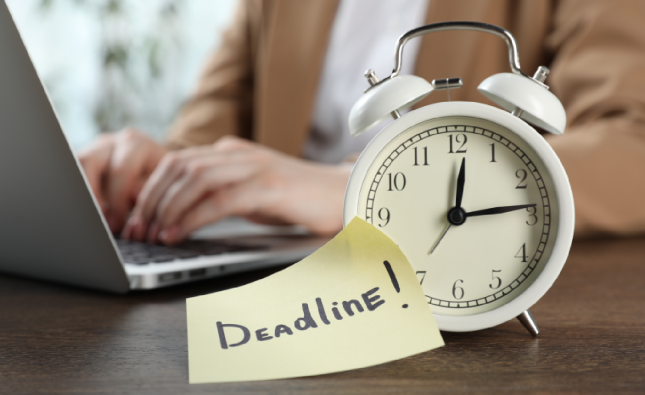When it comes to sending invoices to your clients and customers, making sure you’ve included all of the necessary information is vital. Not only does this simplify the process on both ends and reduce the risk of any unnecessary complications (such as late payments), it’s also essential for best-practice accounting.
Your bookkeeping and accounts will suffer if your invoicing process isn’t run like a tight ship. Messy books can also lead to bigger issues such as errors in your accounts and missing important HMRC deadlines, resulting in financial penalties.
Best-practice invoicing starts with you creating documents that tick all of the necessary boxes. Some of the information you’ll need to include goes without saying – and we’ll explore all of those essentials below to ensure that they’re on your radar (and your invoices).
However, some information isn’t quite so definitive. One example of this is your Unique Taxpayer Reference (UTR) and in this article, we aim to clear up any confusion you might be feeling around that particular topic.
What is a Unique Taxpayer Reference?
A Unique Taxpayer Reference – or UTR for short – is a 10-digit number that is used to uniquely identify you or your business when it comes to matters of tax.
It’s similar to having a passport number or a National Insurance number – it differentiates you within a system so that you can be identified from other people and in this case, other businesses.
Anybody who registers for Self Assessment will automatically be assigned a UTR number by HMRC. Sole traders only require one UTR but in the case of partnerships, each individual partner will need their own UTR and so will the partnership itself. A company director will also have a UTR number, separate to their company, so they can submit Self Assessment for their own personal income.
Examples of places you’ll be able to find your UTR (apart from your initial SA250 welcome letter) include:
- Self Assessment payment reminders
- Statement of account
- Previous tax returns
Is a UTR required for invoices?
Your Unique Taxpayer Reference number shouldn’t be included on your invoices. For some people, the confusion here lies in a mix-up between UTR, CRN (Company Registration Number) or a VAT Registration Number.
Whilst the latter two must be shown on any documents that you send or receive (as well as other instances such as on your website) UTRs, on the other hand, are highly confidential pieces of information. For that reason, they should never be shared publicly on something like an invoice.
Some freelancers believe that because they don’t have a company registration number, they need to share their UTR number instead – but that isn’t true. They’re not interchangeable and should never be treated as such.
A great rule of thumb to follow is to always remember that clients and customers do not need to know your Unique Taxpayer Reference. Your UTR relates to your personal tax information, so think logically about who you’d want to make privy to this.
Is there anyone I should share my UTR with?
As we mentioned earlier, the only people you should ever really need to share your UTR number with is an accountant, a financial advisor or somebody from HMRC. Or if you’re a subcontractor, you’ll need to share your UTR with the contractor hiring you (so they can deduct tax at the correct rate under the Construction Industry Scheme).
In fact, there are very few reasons why you would ever need to share your UTR number so if prompted to do so, think carefully and double-check first. If your UTR gets into the wrong hands, you could be leaving yourself open to fraudulent crime.
Things to include when creating an invoice
Okay, so, we know that you should definitely not include your Unique Taxpayer Reference number on any invoices for freelance work – but what should you include?
No doubt you’ve already been sending invoices for a while now but hey, a quick refresher on best practice never does anyone any harm. So, let’s take this opportunity to run through the essential information you should be included on every invoice.
Things to include on all invoices:
- Your name and/or company name
- Your legal address and contact number
- The name and address of the company/individual you’re invoicing
- Date of invoice
- Unique invoice number
- Any purchase order or job numbers the customer has provided you with
- A description of what you’re charging for (the work that has been carried out)
- Items and cost breakdown (e.g., days and day rate)
- Total amount owed
- Bank details for the account you’d like to be paid into
- Payment terms (typically 30 days unless otherwise agreed with the customer)
In a bid to clamp down on overdue invoices, some will also choose to include a late payment disclaimer on the bottom of the document. This pre-warns customers that should they go over the agreed payment terms, you have the right to apply late payment fees.
If you’re VAT-registered, you will need to include your VAT registration number and a detailed VAT breakdown on the invoice.
For more help, visit our information hub.







